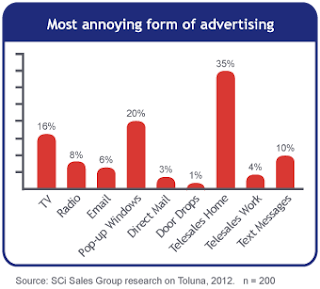The emphasis on digital marketing has affected investment in other channels. So have we lost sight of the benefits that ‘live’ human interaction can bring to B2B sales?
There’s no doubt small company purchases can be done online without HI, but do buyers still need the confidence they get from a telephone conversation or meeting before they consider that large order?
The following is an extract from a White Paper which you can view by clicking ‘The value of Human Interaction in B2B Sales’.
1. Defining Human Interaction (HI)
There are many types of interaction in B2B sales, some are immediate, some are two-way, some personal and some not.
Events offer real-time, two-way interaction with visitors; but they are ‘crowd’ based. The exhibition stand or seminar needs broad appeal to attract sufficient visitors; it’s not an individualised event and does not feel ‘personal’.
Direct Mail, Email, Social Media and some Websites are able to interact with individuals, but the engagement is often delayed as you wait for a response from the other side.
Trade Magazines and many Websites offer only one-way engagement. Buyers need to use other channels to respond (Email, Telephone, etc).
Possibly the most ‘human’ interaction is a real-time, personal and two-way conversation. For that reason we will confine our definition of HI to Telemarketing and Field Sales.
2. Where is HI most effective?
HI is not as cheap as other marketing tools, such as sending an email blast. To ensure maximum ROI we have to use it wisely.
So where is HI most effective in a B2B sales process?
To answer this question SCi Sales Group researched a group of buyers across a wide range of vertical markets and job titles.
The group were asked if they had either a telephone conversation or meeting with a company representative before placing orders on their last 3 purchases.
Just over 68% of buyers had some form of HI before making their purchasing decision.
But the figures are more revealing when we examine the size of order. The average order value with HI is £68,032, but with no HI the order value drops to £1,018.
This supports the theory that when it comes to placing the big orders, buyers want to talk to someone on the phone or meet them in person to be assured they are making the right decision.
3. What are the benefits of HI?
The emphasis on data, digital channels and automation has perhaps taken focus away from interacting with customers as people. We need to recognise that HI makes customers feel valued. Consider the following example:
It’s your birthday. Friends congratulate you in different
ways. Which friend makes you feel more valued?
Sally sends you a text message,
Raj sends you an email,
Peter sends you a birthday card,
Heather gives you a telephone call,
Simon visits you at home.
This translates to Mobile Marketing (Sally), Email Marketing (Raj), Direct Mail (Peter), Telemarketing (Heather) and Field Sales (Simon).
We asked Managers on LinkedIn the same question, the top two channels were Field Sales and Telemarketing – both have HI.
However there are many advantages to HI beyond making buyers feel valued. HI enables better explanation of complex sales, it’s also easier to identify buying signals, predict objections and steer the conversation.
Conclusion
The whirlwind advance of digital marketing has resulted in a stampede as Marketing Managers race to ‘land grab’ their part of the digital space.
In the frenzy we may have lost sight of one enduring fact… buyers are people; always have been, always will be.
Can our marketing truly connect with buyers if we treat them as just ‘data’ and a ‘digital footprint’?
It’s often stated that “people buy from people”, so using marketing channels with HI (such as Telemarketing or Field Sales) should give you a competitive edge.
HI provides Marketing Managers with quality sales leads on large orders, and repeat or closed business on small orders. Plus it has an ability to make buyers feel truly valued, all of which demonstrates the benefit of human interaction in B2B sales.
 On Sunday 12 December, 2010 over 17m people watched Matt Cardle win the final. Its Facebook page was heavily promoted during the show.
On Sunday 12 December, 2010 over 17m people watched Matt Cardle win the final. Its Facebook page was heavily promoted during the show. 

